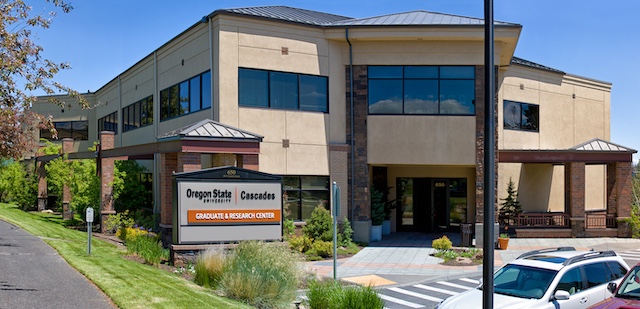Guest Column: Rethink physical education in the schools
Published 9:00 pm Tuesday, February 20, 2024

- Tatom
My son is a fourth grader at Juniper Elementary in Bend, where physical education teacher Adam Howell recently purchased wearable heart monitors with money from a school fundraiser. This is exciting news — not because of what it might mean for my son’s experience in gym class, but for its potential to revolutionize education in Bend-La Pine Schools.
How can I make such a bold claim? Because it’s happened before. In his book Spark: The Revolutionary New Science of Exercise and the Brain, psychiatrist and Harvard professor John Ratey tells the story of Naperville District 203 outside Chicago, where PE teacher Phil Lawler first trialed a donated heart rate monitor. Lawler recalled an 11-year-old girl he might have criticized for her slow pace running the mile until he saw her heart rate was just shy of 209 beats per minute, the maximum heart rate predicted for her age. “I started thinking back to all the kids we must have turned off to exercise because we weren’t able to give them credit,” Lawler told Ratey. “It was really that moment that caused dramatic changes in our overall program.”
Trending
Over the next several years, Lawler overhauled Naperville’s approach to PE, developing a model called PE4Life. The results were stunning — students weren’t merely improving physically, but academically, as well. Within a decade, Naperville high schools were among the top scoring schools in the world. Other districts took notice. In Titusville, PA, PE teacher Tim McCord convinced his district to adopt the PE4Life model, going so far as to reduce time in academic courses to accommodate daily physical education. They soon saw test scores rise from below the state average to well above it. And they saw a remarkable drop in disruptive behaviors, too. A school in Missouri reported the number of violent incidents decreased from 228 to 95 after implementing PE4Life.
Ratey and co-author Eric Hagerman explain how a PE program could have such far reaching effects by reviewing decades of research demonstrating exercise improves cognition and focus and provides a potent antidote to depression and anxiety. It does so by stimulating the release of several molecules naturally produced by the human body, like norepinephrine, serotonin, brain-derived neurotrophic factor, insulin-like growth factor, and atrial natriuretic peptide. This goes well beyond the so-called “runner’s high” of endorphins; exercise stimulates the development of new brain cells and increases brain plasticity, boosting creativity and improving emotional regulation.
According to state profiles, the number of students at Juniper meeting state grade-level expectations in math fell from 62% in the 2017-18 school year to 51% in the 2022-23 year. Science performance fell from 78% to 51%. At Pilot Butte Middle School, where my daughter is in sixth grade, the number of students meeting expectations fell from 47% to 42% in math and 59% to 31% in science. Meanwhile, disruptive student behaviors are escalating, driving educator burnout. Last year, a third grader casually threatened to bring a knife to school and stab my son.
I say this to highlight the enormous challenges before us, not to criticize these schools or the people leading them, many of whom I know and admire. These challenges are certainly not unique to Bend-La Pine Schools. But I’m optimistic that, with the public health emergency and intense labor negotiations behind us, district administrators now have the capacity to do the work they’re most passionate about doing: Improving our systems of education. I might suggest they begin by looking at what innovative front-line educators like Mr. Howell are already doing. If it works, let’s figure out how to adapt it for all ages and abilities and scale it up. Our kids — and our teachers — deserve nothing less.
Do you have a point you’d like to make or an issue you feel strongly about? Submit a letter to the editor or a guest column.








